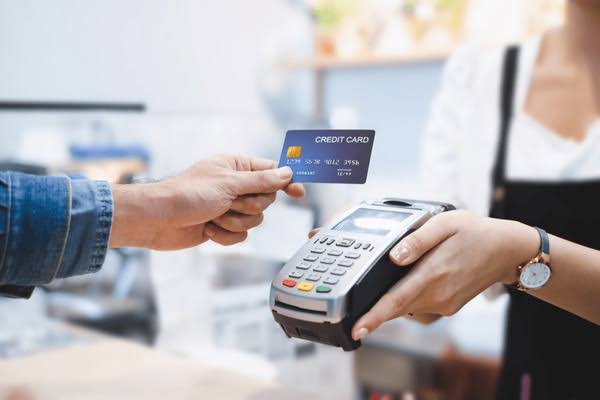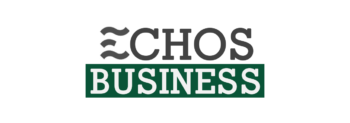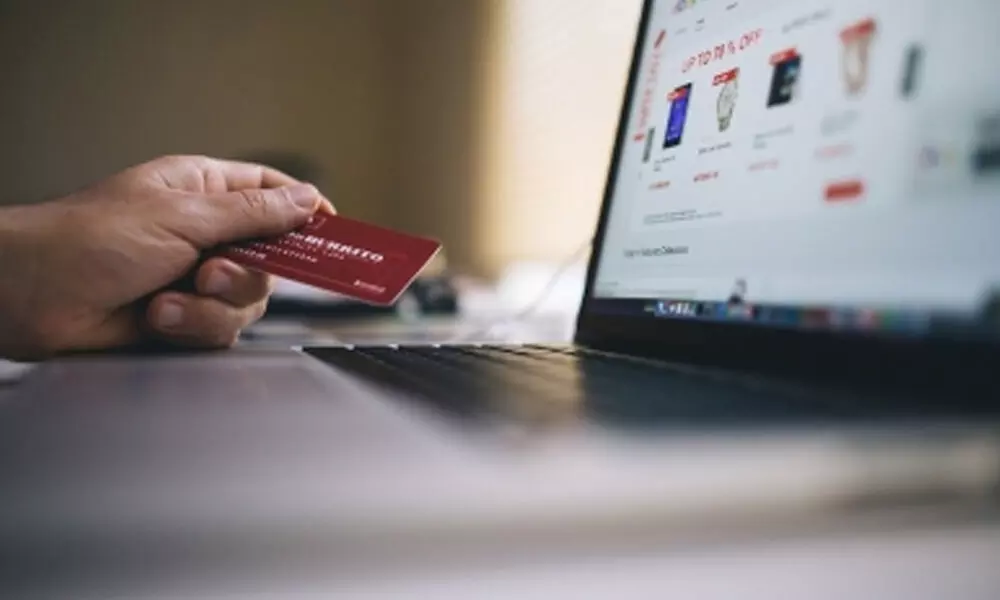In today’s fast-paced digital world, the demand for secure and efficient online payment methods is constantly growing. As technology advances, traditional methods like paper checks are gradually being replaced by their electronic counterpart: the eCheck. An eCheck, essentially an electronic version of a paper check, offers a seamless and secure way to make online payments and deposits, bridging the gap between traditional banking and the digital marketplace. Unlike credit or debit cards, eChecks directly pull funds from a bank account, offering a unique alternative for both individuals and businesses. This method is gaining traction due to lower transaction fees and increased security measures, positioning itself as a significant player in the payment landscape. So how to deposit echeck online? Here are the things you should consider.
How eChecks Function
The process of using an eCheck is surprisingly straightforward. When paying with an eCheck online, you’ll typically provide your bank account details, including your routing and account numbers, similar to writing a paper check. The payment processor then initiates an Automated Clearing House (ACH) transfer. This ACH network is the same system used for direct deposits and other electronic transfers. The funds are debited from your account and credited to the recipient’s account within a few business days. Unlike credit card transactions that happen instantly, eCheck processing involves a slightly longer clearance period, however, this is a necessary part of the security protocol that helps to minimize fraud.
Advantages of Using eChecks

The appeal of eChecks lies in their numerous advantages. First and foremost, eChecks usually have lower transaction fees compared to credit card processing, making them a cost-effective option, especially for businesses processing large volumes of transactions or large single transactions. Secondly, eChecks often boast increased security. Since they don’t involve sharing card details directly with merchants, the risk of card fraud or data breaches is significantly reduced. Additionally, eChecks provide a direct link to a bank account and offer a clear audit trail, making transaction tracking and reconciliation easier than with other payment options. They are also a trusted method, providing a secure way to pay and receive large amounts, whereas other payment methods may have daily payout limits.
Evolving as an Essential Payment Method
The adoption of eChecks is rapidly increasing, making them less of a niche payment method and more of an essential tool for online transactions. Businesses appreciate the lower costs and enhanced security, while consumers value the control over their bank accounts and the reduced risk of fraud. As online banking and financial technology continue to evolve, eChecks are expected to become further integrated into various platforms and applications. The rise of digital invoicing platforms and subscription services, along with growing security concerns, makes eChecks more appealing and will lead to their expansion into mainstream payments.
The Future of eChecks
In conclusion, eChecks offer a compelling alternative to traditional payment methods for the digital age, combining the familiarity of paper checks with the efficiency and security of electronic transfers. As consumers and businesses look for more secure and cost-effective ways to transact online, eChecks are poised to play a crucial role in the future of online deposits, payments, and reconciliation. Their ease of use, combined with their growing acceptance, hints at a future where they will be an indispensable part of how we manage money in a digital world.


